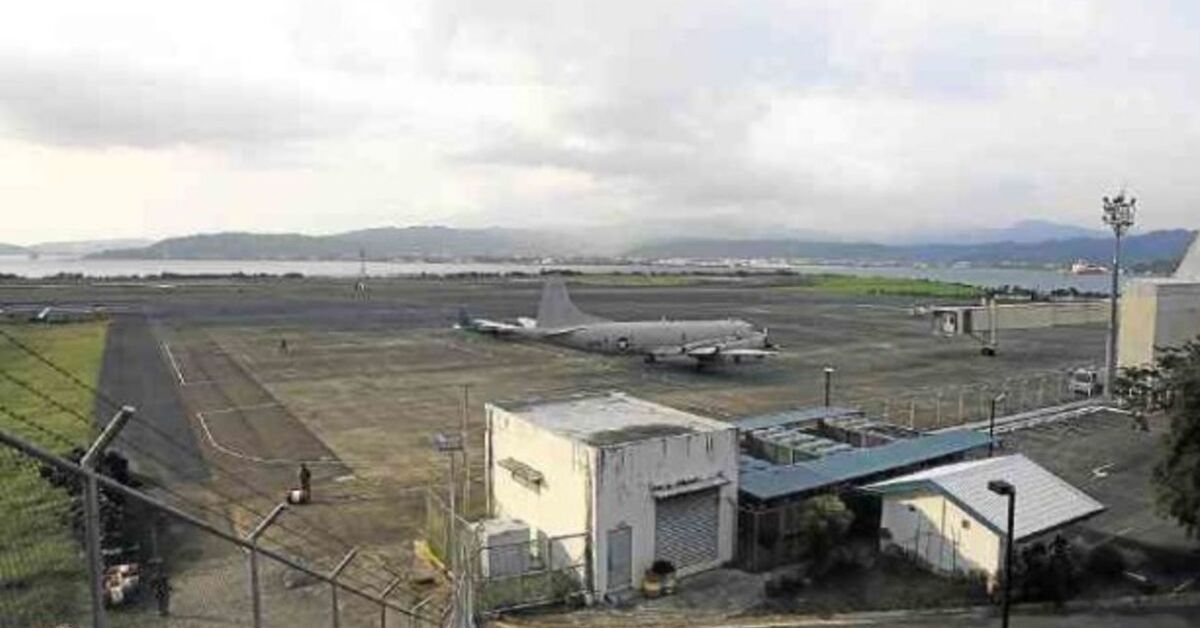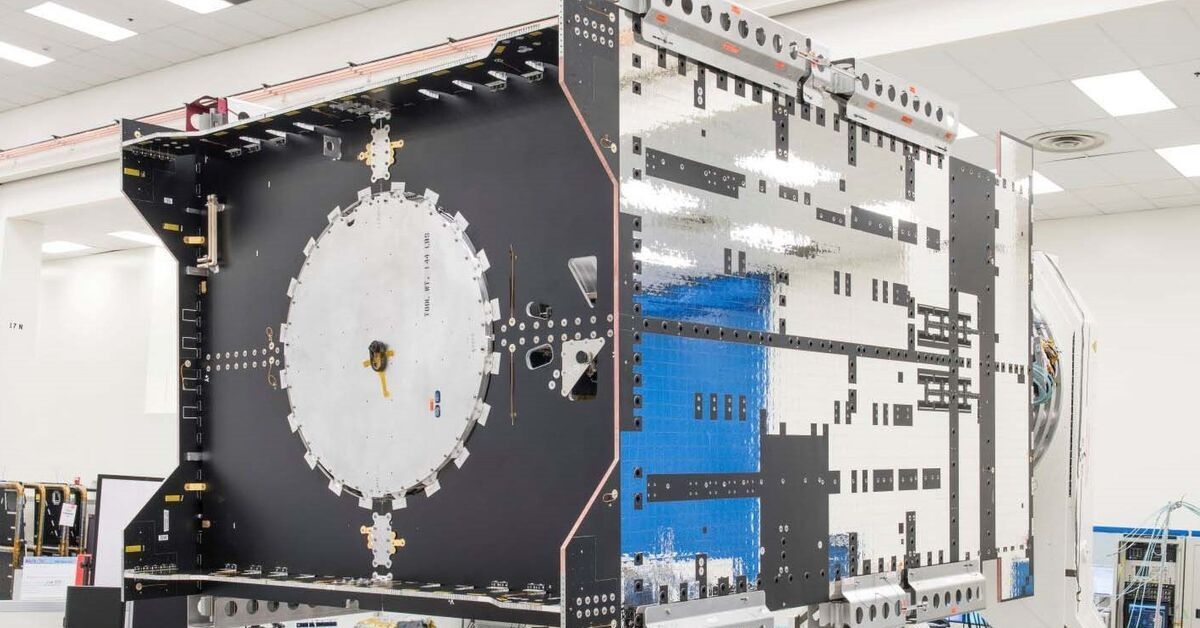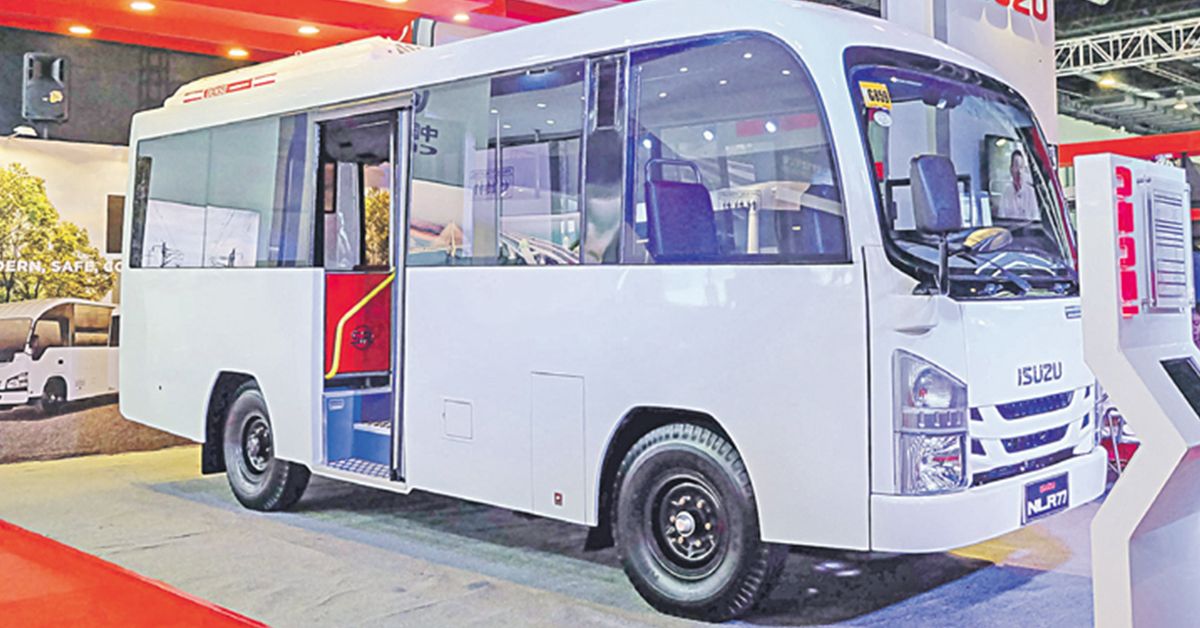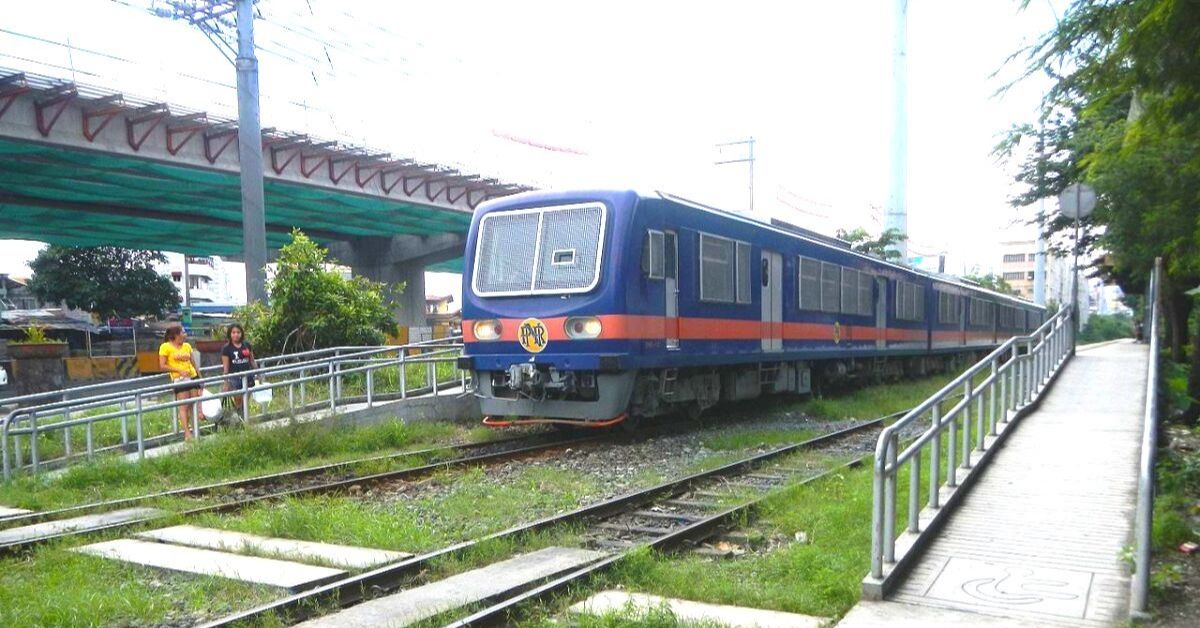Subic workers swell to 135K
Posted 5 years ago
SUBIC BAY FREEPORT: Citing a steady growth in investments in the first six months of this year, the Subic Bay Metropolitan Authority (SBMA) said the number of workers here has increased to 135,000.
Figures released by the SBMA showed a slight increase in employment from 133,940 from January to June 2018 to 135,000 over the same period last year.
The figure achieved in the first six months of the year was a shade lower than the 135,690 total employment figure for 2018.
“By the end of this year, we are confident that we would again break this 2018 employment record,” SBMA Chairman and Administrator Wilma Eisma said.
The SBMA said the increase in the number of workers was achieved despite the closure of Hanjin in January.
The Korean Shipbuilder Hanjin Heavy Industries and Construction Philippines Inc. used to be the single biggest employer here over the past 10 years, employing more than 23,000 workers at its peak of operations.
“We’re getting a steady increase in the number of new investments, as well as expansion projects, so we are also expecting a corresponding steady increase in the number of new jobs,” Eisma said.
Among the industries here, the service sector hired the biggest number with a total of 92,453 workers or 68.37 percent of the total workforce employed as of July this year.
There are at present 2,765 companies operating at the country’s first freeport.
The manufacturing sector accounted for 23,031 employees (17.03 percent) working for 88 companies here in the first half of this year.
Last year, there were 18,197 employees (13.59 percent) working for 85 companies in this category.
In the construction sector, 199 companies hired a total of 11,729 workers (8.67 percent) as of the first half of this year.
Last year, there were 10,868 employees (8.115 percent) working for 185 companies.
Eisma noted that the rehabilitation of various infrastructure facilities inside the freeport, including roads, had significantly increased the number of workers hired by construction companies here.
The number of employees working in shipbuilding and marine-related services, however, saw a 450-percent drop after Hanjin filed for bankruptcy last January.
SBMA data also showed that there are more male employees in the Subic workforce today, with a total of 91,190 (67.44 percent) compared to 44,034 females (32.56 percent).
But female workers appeared to be fast catching up considering that there were just 39,079 female workers (29.18 percent) in Subic last year, compared to 94,861 (70.82 percent) male workers.
Olongapo remained the biggest provider of manpower in the first half of 2019 with a total of 59,107 workers (43.71 percent) employed from the city.
The provinces of Zambales and Bataan follow with 28,855 (21.34 percent) and 18,501 (13.68 percent), respectively.
Four-thousand-six-hundred-forty-two (3.43 percent) came from the National Capital Region (Metro Manila), 3,574 (2.64 percent) from Pampanga and 1,679 (1.24 percent) from Tarlac.
Other areas contributed a total of 18,866 workers, or 13.95 percent.
Forty-five new investments and 21 expansion projects were approved by the agency in the first six months of this year and Eisma said the SBMA expects a continued growth in employment generation from these approved projects.
She added that these new investment commitments are worth more than P5 billion and are projected to generate close to 4,000 new jobs.
Source: Manila Times























Loading Comment